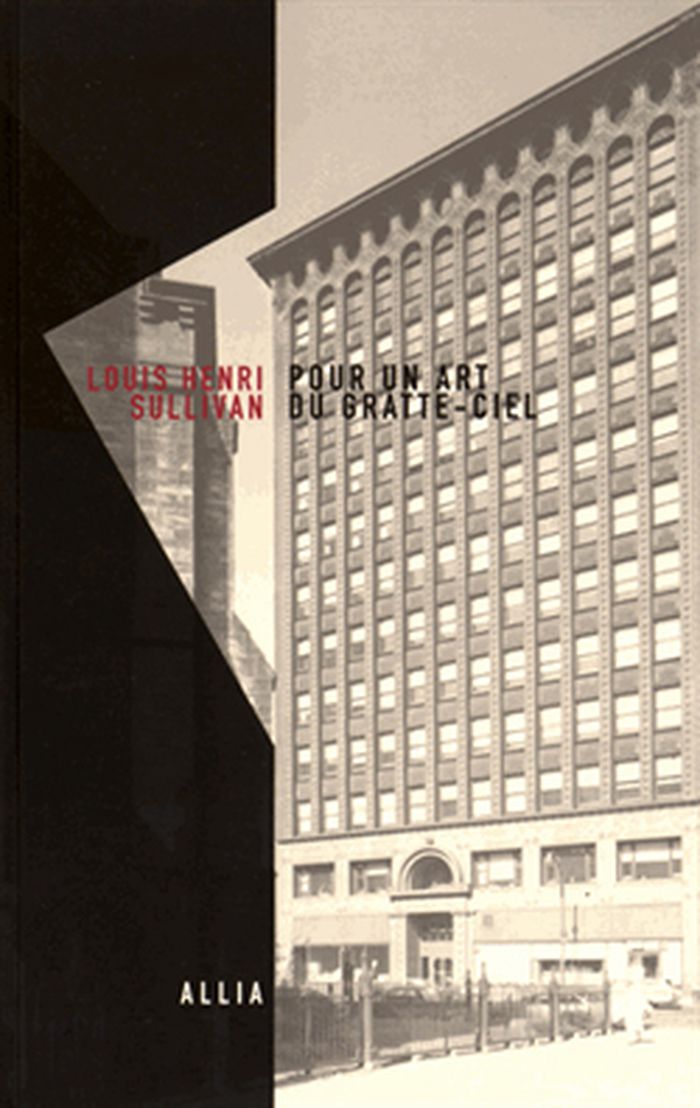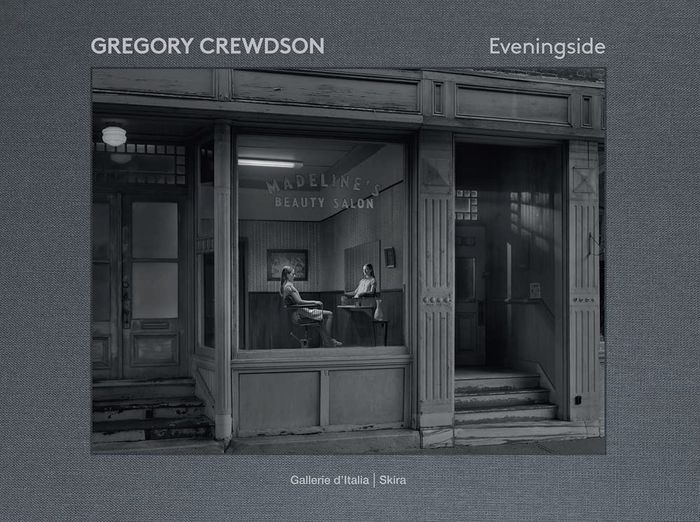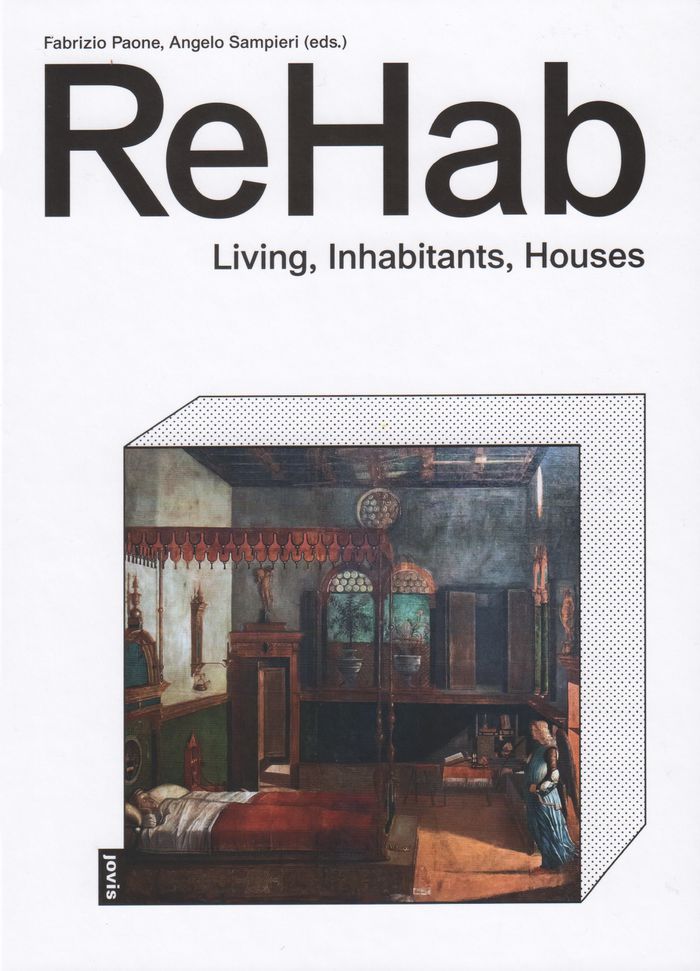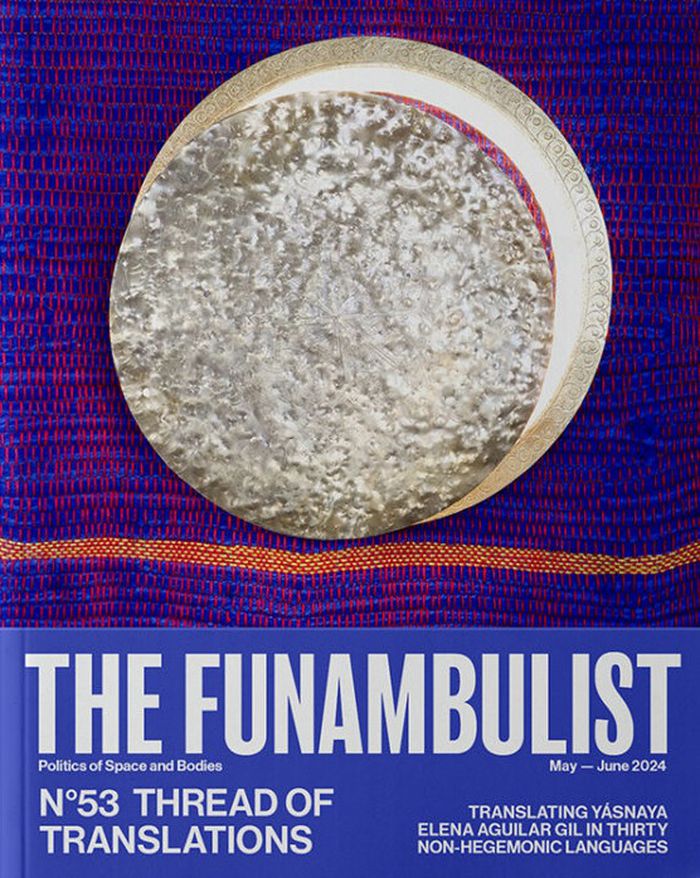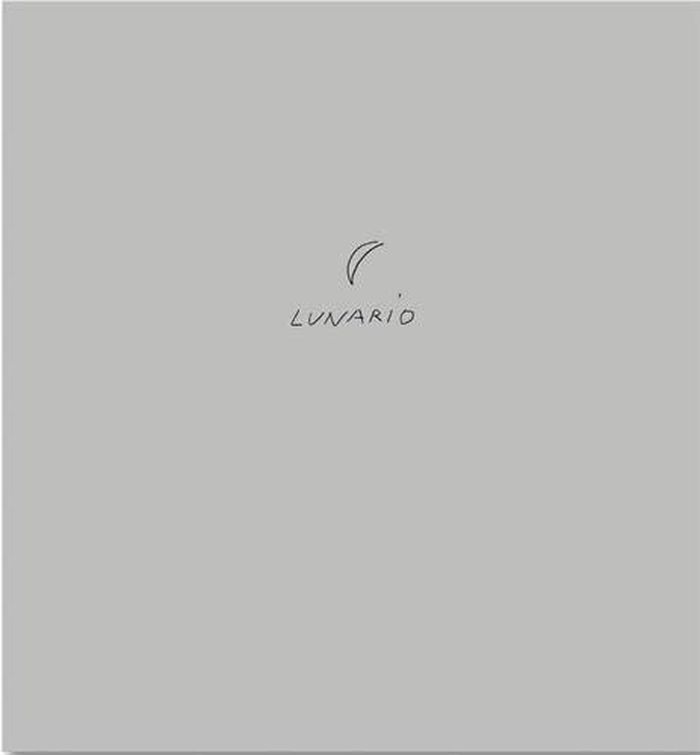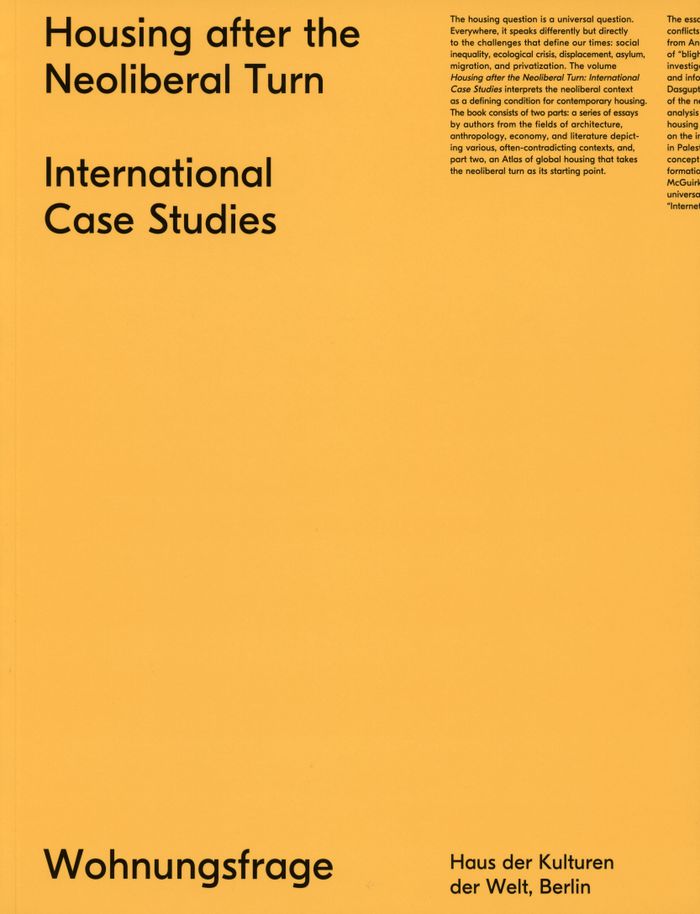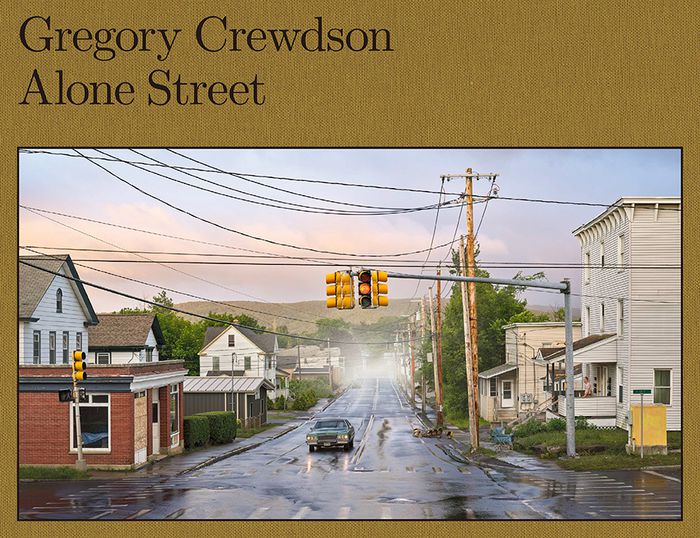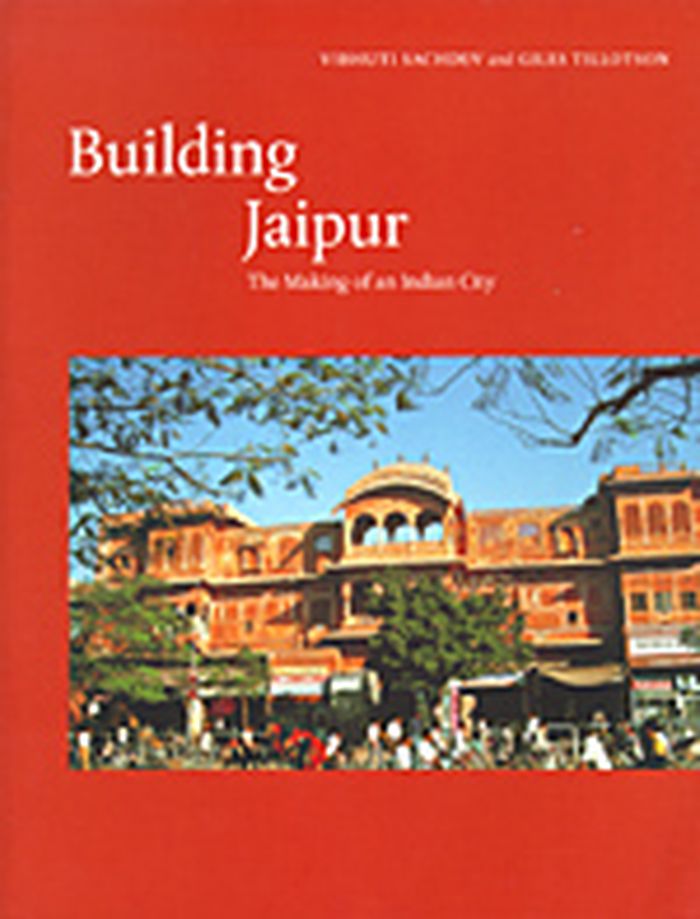$44.95
(disponible sur commande)
Résumé:
Celui qui emporta secrètement l'admiration de Loos et de Le Corbusier fut aussi un prosateur, depuis la page blanche qui appelle l'écrit jusqu'à la surface de l'immeuble qui appelle l'ornement. La valorisation de la fonction et de la structure, qui a rendu cet architecte mondialement célèbre, a éclipsé son pendant : la part de l'imaginaire dans l'érection inouïe de ces(...)
octobre 2015
Louis Henri Sullivan : pour un art du gratte-ciel
Actions:
Prix:
$44.95
(disponible sur commande)
Résumé:
Celui qui emporta secrètement l'admiration de Loos et de Le Corbusier fut aussi un prosateur, depuis la page blanche qui appelle l'écrit jusqu'à la surface de l'immeuble qui appelle l'ornement. La valorisation de la fonction et de la structure, qui a rendu cet architecte mondialement célèbre, a éclipsé son pendant : la part de l'imaginaire dans l'érection inouïe de ces édifices enracinés dans la culture américaine. Voici, sous la forme d'un recueil rassemblant les essais, articles, conférences, interviews et écrits brefs, au nombre de cinquante, que Louis Henri Sullivan a publiés de 1885 à 1924, le récit de la modernité telle qu'elle a été rêvée en même temps qu’elle s’édifiait.
$98.00
(disponible sur commande)
Résumé:
Over the past three decades, Gregory Crewdson has been fleshing out a portrait of middle America, an America gazing wide-eyed at the glimmers of a fading dream. His cinematographically staged photos have pieced together the fragments of a twilight world tinged with numbness. This book brings together three bodies of work made between 2012 and 2022: ''Cathedral of the(...)
Gregory Crewdson: Eveningside
Actions:
Prix:
$98.00
(disponible sur commande)
Résumé:
Over the past three decades, Gregory Crewdson has been fleshing out a portrait of middle America, an America gazing wide-eyed at the glimmers of a fading dream. His cinematographically staged photos have pieced together the fragments of a twilight world tinged with numbness. This book brings together three bodies of work made between 2012 and 2022: ''Cathedral of the Pines'' (2012–14), ''An Eclipse of Moths'' (2018–19) and '''Eveningside'' (2021–22). Envisaged as a trilogy, they provide unique insight into a decade of creation and offer a comprehensive view of the universe that has positioned Crewdson as one of the major figures of contemporary photography. This trilogy is introduced by Fireflies (1996), a pivotal series for grasping the intimate undercurrents in Crewdson’s work.
Monographies photo
$49.00
(disponible sur commande)
Résumé:
At the beginning of the economic crisis in 2007, housing became a central commodity in the short-circuit system of mortgages granted to private individuals and businesses. In the aftermath of the crisis, and in the wake of the COVID-19 Pandemic, housing—as a right, in its most radical form—re-emerged due to local housing, migration, and health emergencies. In light of an(...)
Rehab: Living, inhabitants, houses
Actions:
Prix:
$49.00
(disponible sur commande)
Résumé:
At the beginning of the economic crisis in 2007, housing became a central commodity in the short-circuit system of mortgages granted to private individuals and businesses. In the aftermath of the crisis, and in the wake of the COVID-19 Pandemic, housing—as a right, in its most radical form—re-emerged due to local housing, migration, and health emergencies. In light of an eclipse of a general discourse on housing, a new secular and international ethics arose, both foreign and superior to nation states. This book returns to a broader notion of housing: using metaphors of sanitary and salvific reinstatement, it retrieves case studies from the 1950s for re-conceptualizing the housing question in contemporary architecture and visual arts.
Logements collectifs
livres
Description:
480 pages illustrations, maps (1 folded) 44 color plates 32 cm
New York, H.N. Abrams [1964]
5000 years of the art of Mesopotamia / Eva Strommenger, photographs by Max Hirmer. [Translated by Christina Haglund].
Actions:
Exemplaires:
Description:
480 pages illustrations, maps (1 folded) 44 color plates 32 cm
livres
New York, H.N. Abrams [1964]
$16.95
(disponible en magasin)
Résumé:
This 53rd issue of The Funambulist mostly consists of translations into thirty "non-hegemonic" languages of a text Indigenous Mixe writer Yásnaya Elena Aguilar Gil wrote for the magazine. Entitled "Languages and Nation-States" and originally written in Ayuujk, it was then translated into Spanish, English, and French to serve as vehicles towards these thirty translations(...)
The Funambulist 53 : Thread of translation
Actions:
Prix:
$16.95
(disponible en magasin)
Résumé:
This 53rd issue of The Funambulist mostly consists of translations into thirty "non-hegemonic" languages of a text Indigenous Mixe writer Yásnaya Elena Aguilar Gil wrote for the magazine. Entitled "Languages and Nation-States" and originally written in Ayuujk, it was then translated into Spanish, English, and French to serve as vehicles towards these thirty translations into Albanian, Armenian, Bahasa Indonesia, Bambara, Basque, Bosnian, Guyanese Creole, Haitian Creole, Hausa, Hawaiian, Inuktitut, Irish, Kashmiri (Koshur), Kikongo, Kurdish, Lao, Mapuche, Mauritian Creole, Maya, Mongolian, Quechua, Rroma, Shona, Somali, Swahili, Tagalog, Tamazight, Tamil, and Uzbek. The translations are accompanied by details of the weave Eclipse (also featured on the cover) by Bolivian artist Kenia Almaraz Murillo. This issue concludes with a text entitled “Black Plumes, White Ink" by Malagasy author Marie Ranjanoro.
Revues
$60.00
(disponible en magasin)
Résumé:
A project composed across several decades, Guido Guidi's Lunario takes the name of a traditional farmer’s almanac to bring together several strands of work all relating to the moon. Distortion, experimentation and illusion inform Guidi’s earlier work of the late 1960s and early 1970s, further developed by the introduction of a fish-eye lens. The moon’s physical form(...)
Guido Guidi: Lunario 1968-1999
Actions:
Prix:
$60.00
(disponible en magasin)
Résumé:
A project composed across several decades, Guido Guidi's Lunario takes the name of a traditional farmer’s almanac to bring together several strands of work all relating to the moon. Distortion, experimentation and illusion inform Guidi’s earlier work of the late 1960s and early 1970s, further developed by the introduction of a fish-eye lens. The moon’s physical form echoes throughout the works: in a woman’s face, or a child’s playing ball caught between light and shadow. Guidi’s barren, lunar landscapes give way in the 1980s to colour photographs, all of which culminate in the dramatic partial solar-eclipse of August 11, 1999. Throughout Lunario, Guido Guidi comes back to the moon as a source of stylistic and thematic inspiration: a symbol of melancholy and madness, changeability and a constant reminder of the transience of everyday life.
Monographies photo
$36.00
(disponible sur commande)
Résumé:
Housing speaks directly to the challenges that define our times: social inequality, ecological crisis, displacement, asylum, migration and privatization. Framing the neo-liberal context as a defining condition of contemporary housing, International Case Studies consists of two parts: a series of essays by authors from architecture, anthropology, economy and literature,(...)
Logements collectifs
juillet 2016
Housing after the neoliberal turn: international case studies
Actions:
Prix:
$36.00
(disponible sur commande)
Résumé:
Housing speaks directly to the challenges that define our times: social inequality, ecological crisis, displacement, asylum, migration and privatization. Framing the neo-liberal context as a defining condition of contemporary housing, International Case Studies consists of two parts: a series of essays by authors from architecture, anthropology, economy and literature, and an “atlas” of global housing that takes neo-liberalism as its starting point. The essays shed light on the challenges and conflicts of contemporary housing production from Andrew Herscher’s research on the politics of “blight” in Detroit to Justin McGuirk’s text on domesticity as data and universal housing questions eclipse by the “Internet of Things.” Conceptualized and compiled by architectural critic-historian Anne Kockelkorn and Columbia professor Reinhold Martin, the illustrated “atlas” presents 33 housing examples rarely seen together and invites readers to think of housing as an unstable constellation evolving within the power relations of territorial processes.
Logements collectifs
$85.00
(disponible sur commande)
Résumé:
Alone Street brings together two major bodies of work by Gregory Crewdson, Cathedral of the Pines (Aperture, 2016) and An Eclipse of Moths (Aperture, 2020), in a single, elegant, and affordable monograph. Both series expand on the artist’s obsessive exploration of the psychogeography of small-town, post-industrial New England and underscore the precision and depth of(...)
Gregory Crewdson: Alone street
Actions:
Prix:
$85.00
(disponible sur commande)
Résumé:
Alone Street brings together two major bodies of work by Gregory Crewdson, Cathedral of the Pines (Aperture, 2016) and An Eclipse of Moths (Aperture, 2020), in a single, elegant, and affordable monograph. Both series expand on the artist’s obsessive exploration of the psychogeography of small-town, post-industrial New England and underscore the precision and depth of Crewdson’s unique mode of photographic storytelling. In each image, light, color, and carefully crafted scenography evoke the feeling that, as art historian Alexander Nemerov has astutely described, “all that ever happened in these places seems crystallized in his tableaux, as if the quiet melancholy of Crewdson’s scenes gathered the unruly sorrows and other little-guessed feelings of people long-gone who once stood on those spots.” In addition to the full set of images from each series, Alone Street, presents a selection of behind-the-scenes images and storyboards, revealing the extensive preparation and planning that went into the making of each work.
Monographies photo
$24.95
(disponible sur commande)
Résumé:
When Guy Debord identified the image consumerism of “the society of the spectacle” in the 1960s, he could not have forecast that language would threaten to eclipse the image in the medium of personal technology, creating a world of ubiquitous legibility. Today, we read anytime and anywhere, on screens of all sizes; we read not only newspaper articles, but also databases,(...)
I read where I am : exploring new information cultures
Actions:
Prix:
$24.95
(disponible sur commande)
Résumé:
When Guy Debord identified the image consumerism of “the society of the spectacle” in the 1960s, he could not have forecast that language would threaten to eclipse the image in the medium of personal technology, creating a world of ubiquitous legibility. Today, we read anytime and anywhere, on screens of all sizes; we read not only newspaper articles, but also databases, online archives, search engine results and navigational structures. We read while out on the street, at home or in the office, with a complete library to hand - but less and less we read a book at home on the couch. In other words, we are, or are becoming, a different kind of reader. I Read Where I Am contains texts about the future of reading and the status of the word in the digital age from designers, philosophers, journalists and politicians, looking at both sides of the argument for printed and digital reading matter.
Épistémologie et réseau
$43.95
(disponible sur commande)
Résumé:
Jaipur, in Rajasthan, is renowned for its palaces and museums, its craft traditions and its distinctive pink shops and houses. A planned city within walls, it was built in pre-modern times according to a distinctive Indian theory of architecture known as vastu vidya. As architecture subsequently developed in India, in response to British and latterly post-colonial(...)
Arch Moyen-Orient
septembre 2002, London
Building Jaipur : the making of an Indian city
Actions:
Prix:
$43.95
(disponible sur commande)
Résumé:
Jaipur, in Rajasthan, is renowned for its palaces and museums, its craft traditions and its distinctive pink shops and houses. A planned city within walls, it was built in pre-modern times according to a distinctive Indian theory of architecture known as vastu vidya. As architecture subsequently developed in India, in response to British and latterly post-colonial policies, this system became increasingly marginalized and fragmented, decreasingly practised and understood. Taking Jaipur as a test case, the authors use this lost tradition to explain historic Indian buildings according to the rationale of their original architects. The authors also examine the place of traditional architectural theory in a modern context – Post-Modern architecture in India has often sought to recapture a spirit of the past, and yet been reluctant to engage with traditional theory. By chronicling the gradual eclipse of Indian architectural theory, the authors explain how this reluctance arose; they also describe the need and the terms for a fresh engagement with it. The result is an architectural biography of a city, and a concise history of Indian architectural theory over the last 300 years.
Arch Moyen-Orient
